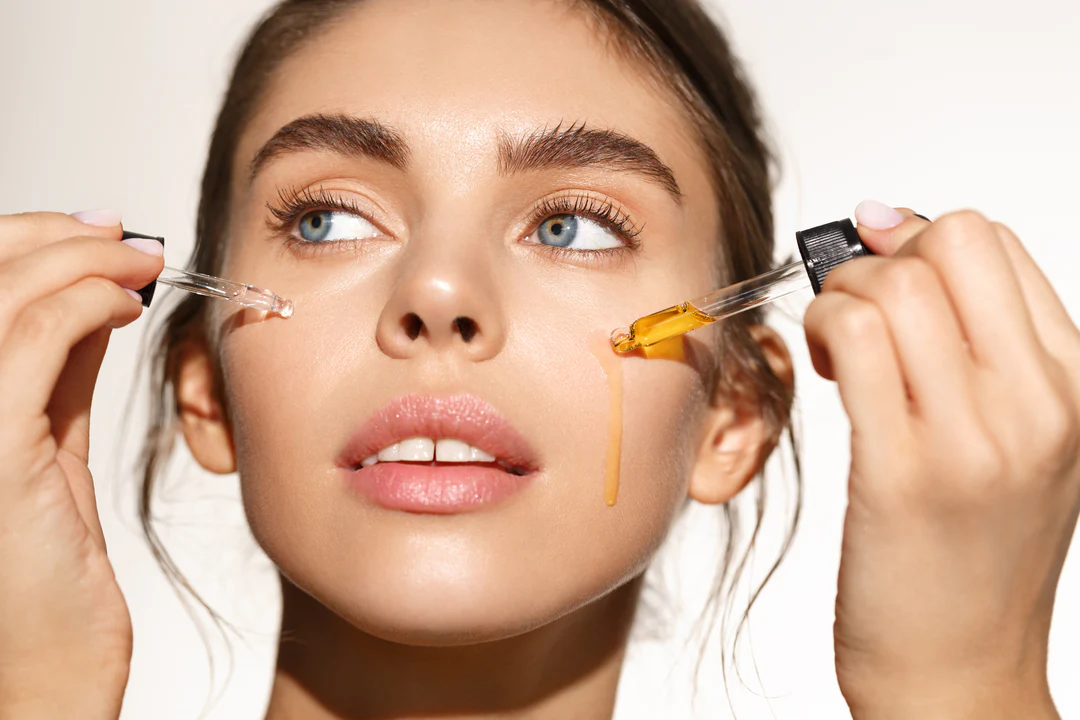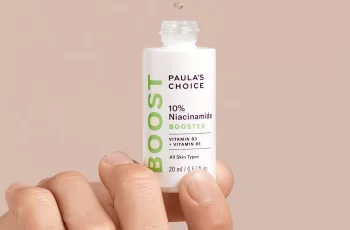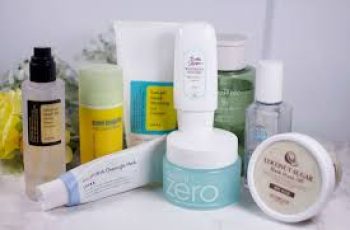What is multi-masking? Our tips for using multi-masking in your skincare routine.
New day, new skincare tips, you’ll want to know more! This is a particular favorite product here at Procoal HQ, and here’s why.
Multi-masking is a skincare tip that involves using several different masks at the same time. Are you confused? Don’t worry, that’s about to change soon. Let us explain what it all means with these quick and easy tips. In the end, you’ll regret not trying it sooner!
Skin Prep
Just like using a mask in the traditional sense, it’s best to start with a clean, purified face. Exfoliation also removes any remaining dead skin layers that may prevent the mask from working optimally. Procoal’s Exfoliating Face Scrub is ideal for this. The charcoal beads burst across the face for detoxifying benefits, while the lightweight pumice stone gently yet thoroughly cleanses the skin and opens up the pores.
Consider Your Skin
The main benefit of multi-masking is that you can tailor the mask to the area you want to treat. With that in mind, take some time to examine your skin and figure out which product will work best for that area. For example, dry cheeks need hydration and a moisturizer or a mask. For blemish-prone skin, there are some clay-based or anti-blemish products that are great for clearing clogged pores.
Don’t forget to shower
If you shower before applying your mask, you’ll find that the warm steam opens up your pores, perfect for all the good ingredients in your mask to absorb quickly into your skin!
Mix it up
You don’t have to always use the same mask formula. Multi-masking is the perfect way to mix and match your masks to keep your skin looking its best. Another benefit of mixing is that you can treat rashes without worrying about further breakouts. Procoal’s Instaclear Control Mask cleanses and helps relieve redness or swelling caused by active blemishes! Why not try cutting them into small pieces and applying them to smaller active acne areas?
Don’t be afraid to apply multiple layers!
Masks don’t have to be applied at the same time! You can always use a detoxifying clay mask first, like Procoal’s Charcoal Mask, and then follow up with a hydrating mask or sleeping mask.
Timing is everything
Keep in mind the right time when applying your chosen mask. For example, it’s best to apply the mask that needs more time to set or dry first, and then the other masks that are faster! Then you can remove them all in one go!
Start cutting!
Don’t think that multi-masking only means clay or cream masks. Sheet masks are also perfect for this trend! Cheeks and upper forehead tend to be drier and are suitable for sheet masks. Simply cut the mask into shapes and store the rest in the fridge. Masks will keep for up to 5 days when refrigerated. A great product to try is Procoal’s Marine Hydrating Mask, which provides a lot of moisture and feels wonderful on the skin when cool.
Don’t forget about aftercare
It would be a shame to waste all that time and effort by not putting on makeup right after the mask. After washing off the residue, it’s best to follow up with a trusted serum and moisturizer. Your skin will feel like Christmas has come early, with lots of love and attention!
Don’t overdo it
You can always have too much of a good thing. Sometimes it’s best to leave your skin alone and let it balance itself out. Try not to use a mask more than three times a week. Stick to your usual skin care routine the rest of the time.
That can be expensive
There’s no denying that this trend can be a costly experience. Using multiple masks costs quite a bit of money. To avoid this, choose products that you’ve used before and are familiar with. If you try something new that you’ve never tried before, your skin may not tolerate it well. So, the mask ends up being tossed in a drawer, never to see the light of day again. What a waste!
So, these are some of our tips, tricks and advice for tackling the multi-masking trend! It takes a lot of dedication, but here at Procoal, we’re a huge fan of this extra “me time”. Even if you only use a multi-mask once a week, or even once a month, you won’t regret it and your skin will thank you!
DQH Can I use salicylic acid first and then vitamin C?
It’s easy to create a skincare routine, but knowing how to use it is another thing entirely. In most cases, if you’re not getting the desired skin results, it could be due to the layering of conflicting ingredients. So, is it possible that salicylic acid and vitamin C are such ingredients? Or are these active ingredients the duo that’s been missing from your skincare routine? If you want answers, stick around because today we are going to explain the benefits of salicylic acid and vitamin C and how they can be used in your daily life.
What are the benefits of salicylic acid for skin?
Salicylic acid is one of the most commonly used beta hydroxy acids and is favored by many people with oily, acne-prone skin. This acid is derived from willow bark, and unlike its water-soluble relatives (called alpha-hydroxy acids), salicylic acid is oil-soluble, which means it can penetrate deeper into the lower layers of the skin. Once it reaches the lower layers, it can help unclog pores of excess sebum, dirt, bacteria, debris, and impurities. This results in clearer skin tones and greater definition.
Not only does salicylic acid benefit the underlying layers, but the outer surface of the skin benefits as well. When applied to the skin, salicylic acid removes the buildup of dead skin cells. This is accomplished by breaking the bonds that hold dead cells to the surface. Over time, this can cause the complexion to look dull and prone to acne, blackheads, and other blemishes.
If you’d like to learn more about salicylic acid and how it can improve your skin, check out this dedicated blog post from a beauty insider.
What are the benefits of vitamin C for skin?
Vitamin C is considered one of the most powerful antioxidants, which means it is very effective at fighting free radicals and preventing them from causing further skin damage. Examples of free radicals include pollution, central heating, UV rays and harsh climate. They attack proteins, fats and cell membranes as soon as they come into contact with the skin, causing signs of premature aging such as fine lines and wrinkles as well as hyperpigmentation, flaky patches of skin and loss of elasticity.
Many people usually prefer to use vitamin C in their morning routine as this ingredient gives the complexion a radiant glow. You’ll also find that vitamin C can target areas of hyperpigmentation, plumping the skin and reducing the appearance of fine lines and wrinkles.
The thing about vitamin C is that there are a lot of outdated studies going back to the 1950s that describe vitamin C as an unstable skin component. Thanks to improvements in modern technology, this is no longer the case as all products now contain a stable form of vitamin C.
Visit The Beauty Insider to learn more about vitamin C. So please check out our blog post.
Can I use salicylic acid first and then vitamin C?
Yes, you absolutely can. In fact, it’s thought that using salicylic acid before using vitamin C ensures it penetrates faster and works faster.
This is an efficient way to utilize two power sources, and the reason has to do with pH. For example, the skin’s natural pH is about 4.7, making it slightly acidic. Salicylic acid and vitamin C are also both acidic, and you’ll find that vitamin C is absorbed quickly into the skin. Therefore, using salicylic acid beforehand can increase the acidity of the skin and allow vitamin C to penetrate into the skin faster.
While this is considered an effective way to combine two powerful ingredients, you need to be aware of your skin type and how it reacts to certain active ingredients. Even people with perfect, normal skin can experience skin sensitivity and irritation. Therefore, always consult a doctor or dermatologist before using any new products on your skin.
It’s also important to follow skin application rules. In this case, you need to use the product correctly to ensure you get the best results for your skin. If you’re not sure what I mean, the basic rule for skin is to start with the thinnest consistency and work your way up to the thickest consistency. This prevents a barrier from forming on the surface, preventing other active ingredients from penetrating the skin.
Can I use salicylic acid at night and vitamin C in the morning?
Yes, absolutely, this is considered the most effective way to get returns without any adverse side effects. This is because there is enough time between applications to ensure that the skin’s pH levels return to balance.
You’ll also find that Vitamin C is rich in antioxidants and is perfect for use in the morning to ensure your skin is protected and looking its healthiest. Due to the small size of salicylic acid molecules, it is an acid that is able to reach the deepest parts of the skin. While this is effective at keeping skin clear, it also increases the risk of irritation and photosensitivity. Therefore, many people prefer to use powerful BHAs in their evening routine without exposure to UV rays, pollution, or harsh weather.
Warning: If you avoid using sunscreen every day, none of these ingredients will do what your skin needs. The combination of chemical peels and powerful ingredients increases the risk of further damage to the skin’s surface. Use SPF 50 every day to keep your skin protected and your lipid barrier healthy, even on cloudy days, keeping your skin in top condition.



